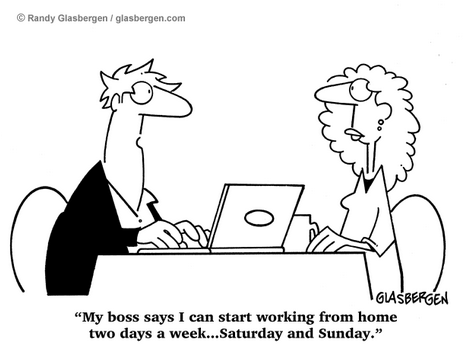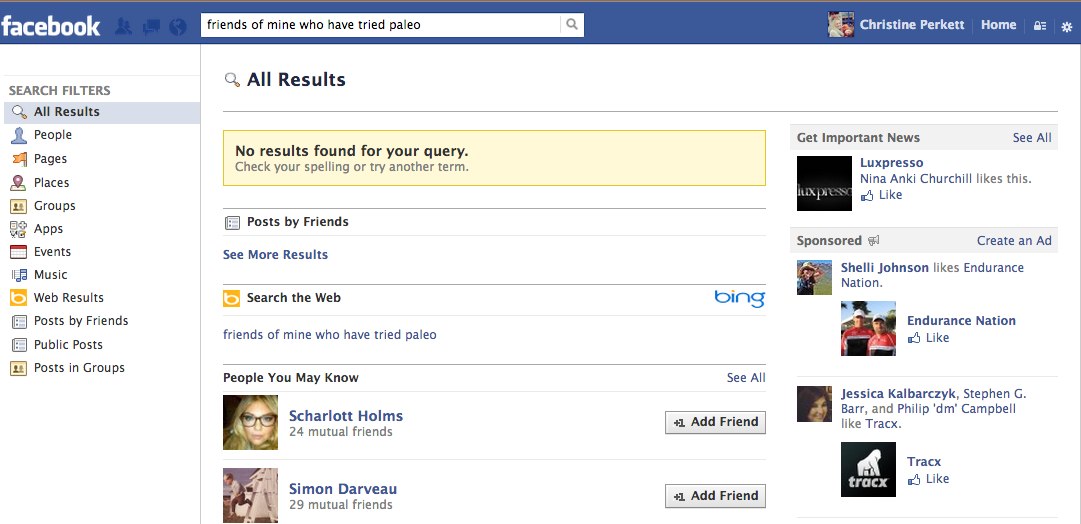Before 2013 gets too far ahead of us, we wanted to share our look back at 2012 – a year in review of the PR triumphs and tragedies that made headlines: The good, the bad, the ugly. Here are a few of our top picks, along with the applicable business lessons we’ve learned from them.
First, the ‘Nice’…
Election Goes Social. This year’s Presidential race was one for the record books. The polls were close, the predictions were numerous and the attack ads were relentless, but it sure got national conversation going. From Big Bird memes to non-stop Invisible Obama jokes, the 2012 Election was one of the most shared and commented-on events in social media history.
Our takeaway: Ignoring the opportunity to engage via social channels is no longer an option.
NYC Marathon Near-Misstep. After becoming a lightning rod for criticism in the wake of Superstorm Sandy, Mayor Michael Bloomberg and organizers of New York City Marathon cancelled the race amid growing concerns that holding the event would divert resources from cleanup efforts. As a result, thousands of would-be marathon runners converged on the area to put their endurance training to work by lending a hand.
Our takeaway: The most effective crisis control always includes empathy for all involved.
Hostess Hoarding. After filing for bankruptcy twice this decade, Hostess threatened to liquidate after announcing that it will lay off 18,500 workers, blaming a labor strike. As a result, consumers took to convenience stores to snap up the snack cakes, and a ten-count box of Twinkies was even seen listed on eBay for an opening bid of $200,000, with a buy-it-now price of $250,000.
Our takeaway: Beloved brands die hard (as does the nostalgia of childhood!).
Royal Treatment. After years of tragedy (Diana) and scandal (Fergie) plaguing the palace, the Queen sought outside PR assistance, but it wasn’t until 2012’s Diamond Jubilee, Royal Wedding and baby news that the Monarchy seems to have emerged from its former dark days. As the most popular royals in history, William and Kate’s impact is far-reaching and, as a result, support for the Monarchy is at a 20-year high.
Our takeaway: Don’t underestimate the power of the ‘right’ spokesperson.
And now for the ‘Naughty’…
Fast Food Backlash. Between McDonald’s supersized #McStories Twitter backlash, Burger King workers behaving badly, Taco Bell employees defiling menu items and the industry grappling with the stigma of pink slime, it’s been a rough year for the fast food industry.
Our takeaway: For better or for worse, remember that every employee is an extension of your brand – and a network branding blitz can do a lot to promote panic.
Rogue Tweets. In an epic #BrandFail, we saw several companies get burned in social media mishaps: Chrysler’s Twitter account dropped the F-Bomb, a Red Cross employee tweeted about getting “slizzered,” a Ketchum exec insulted a client’s hometown and KitchenAid mocked President Obama’s dead grandmother on Twitter, just to name a few.
Our takeaway: Heed the old “measure twice, cut once” woodworking maxim and always “check twice, tweet once” when manning multiple handles.
Retail Blunders. In an attempt to ride the coattails of the storm, several retailers tried to be savvy with their marketing efforts, but ended up getting soaked for capitalizing on bad news. For those “bored during the storm,” American Apparel advertised a “Hurricane Sandy sale” in the Northeast with the checkout code “Sandysale.” Gap had the decency to plead that residents “stay safe,” but then followed it up with an inappropriate, “We’ll be doing ‘lots of Gap.com shopping today; how about you?” And last but not least, Urban Outfitters glossed over the storm with an offensive pun about wind, offering free shipping with the checkout code “Allsoggy.”
Our takeaway: There’s a thin line between agile and opportunistic, edgy and offensive – tread lightly.
Apple & Instagram Outrage. This year we also saw rivalry and greed get the better of some companies. For example, in the next chapter of the Apple vs. Google saga, Apple ditched pre-loaded Google services, such as Maps and YouTube, from its iOS 6 update. This was only made worse by the release of their own (ineffective) Apple Maps platform. And most recently, the majority of us have been involved in the collective Internet outcry against Instagram’s change(s) in its terms of service, which is still in the process of getting settled.
Our takeaway: Consumers don’t take kindly to feeling taken advantage of, and thanks to the web and social media, they have found their voice – and it can be heard louder than ever before.
Any other PR peaks and pitfalls from 2012 that you’d like to add to this list? Tell us in the comments below!
 With this app you’re able to share your lifestyle with a trusted community of enthusiasts and local taste makers. What pair of running sneakers do you love? Where do you get the best coffee heath bar ice cream? Where should I get my eyebrows waxed? What’s a new song I should download?
With this app you’re able to share your lifestyle with a trusted community of enthusiasts and local taste makers. What pair of running sneakers do you love? Where do you get the best coffee heath bar ice cream? Where should I get my eyebrows waxed? What’s a new song I should download?  So how does it all work? Well, one of the best things about MavenSay is how easy it is to use. Simply, find you friends through Facebook and Twitter to see their recommendations. You can also visit the weekly “Discover” section to find a curated collection recommended by MavenSay. or use the nearby map feature to view favored local finds.
So how does it all work? Well, one of the best things about MavenSay is how easy it is to use. Simply, find you friends through Facebook and Twitter to see their recommendations. You can also visit the weekly “Discover” section to find a curated collection recommended by MavenSay. or use the nearby map feature to view favored local finds.

 Our latest “Influencers Who Inspire” interview is with Marcus Sheridan, President of
Our latest “Influencers Who Inspire” interview is with Marcus Sheridan, President of 
